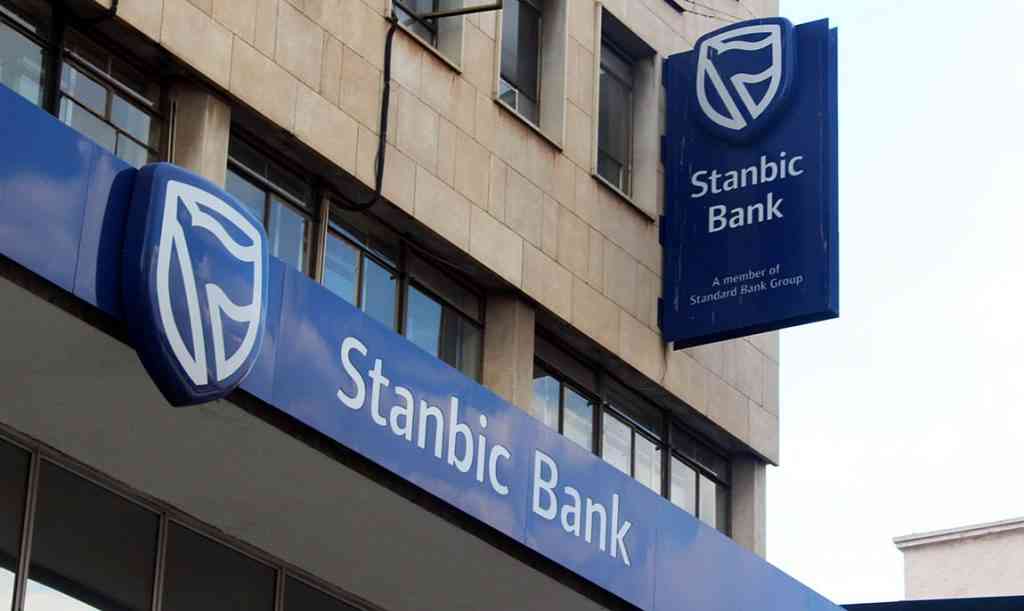
ABOUT US$86 million worth of projects classified under the “prescribed asset” bracket failed to attract investment from Zimbabwe’s pension funds last year, highlighting the fierce competition for scarce capital, businessdigest can reveal.
Under the prescribed asset framework, the government requires investors — such as pension funds — to allocate a portion of their portfolios to state-designated assets, typically in the form of government or state-owned entity bonds.
According to the Insurance and Pensions Commission (Ipec)’s 2025 first quarter pensions report, the industry’s total assets rose to ZiG66,39 billion (approximately US$2,48 billion), representing a 10% increase from the end of 2024. This growth was driven by revaluation gains, new investments, and fair value adjustments in equities and investment properties.
However, despite the overall asset growth, pension funds struggled to channel capital into key infrastructure projects, as contributions to their portfolios continued to decline.
Ipec data showed first quarter pension contributions reached US$76 million — a marginal increase from US$70 million recorded in March 2024. But contribution arrears surged by 37% to US$93 million quarter-on-quarter, prompting the commission to engage delinquent employers in a bid to recover outstanding payments.
“There are too many projects chasing little available long-term capital from the insurance and pensions industry,” Ipec pensions and life director Cuthbert Munjoma told businessdigest.
“As you may have noted, the projects require funding running into billions, beyond the capacity of the sector. Pension contributions of +/-US$160 million per annum plus realised investment returns are not enough to meet all financing requirements after benefit payment.
- UK based Zimbabwean divorces wife of 33 years over conjugal rights
- Businessman locks horns with top judges
- Sunsleey Chamunorwa: Of journalism and reggae’s level vibes
- Renowned journalist Sunsleey Chamunorwa dies
Keep Reading
“Projects have to compete for the available capital and the most attractive will get funding and you realise that the most attractive in terms of currency, return and value preservation will get funding.”
Munjoma added that there had been an overemphasis on kickbacks during project execution, which had pushed some asset managers into rushed or ill-considered project uptake.
Despite repeated appeals for institutional investors to direct capital toward critical national sectors, a persistent mismatch between demand and available capital has left many proposed projects unfunded.
The nine projects that failed to secure funding last year — ranging from debt to equity instruments — were spread across sectors such as mining, construction, and energy.
Official data showed that since 2018, projects worth US$3,8 billion have been granted prescribed asset status. In 2024 alone, approvals reached US$325 million, while projects worth over US$209 million have already been cleared in 2025.
Legally, pension funds and insurance firms are required to invest at least 20% of their portfolios in prescribed assets. But limited capital and competing demands have left the sector struggling to meet this threshold.
“We are encouraging collaboration, for example, on student accommodation, solar projects, agriculture such as Mangwana investment opportunities,” Munjoma said.
The persistent mismatch between approved projects and funding has raised fresh questions over why some proposals remain unattractive to investors.
According to Ipec data, agriculture accounted for the highest value of unfunded proposals at US$33,6 million, followed by hotel construction, student accommodation, shopping malls, and energy projects.
Notably, there was low appetite for health related proposals — such as hospital construction — despite the country’s critical need for such infrastructure.











